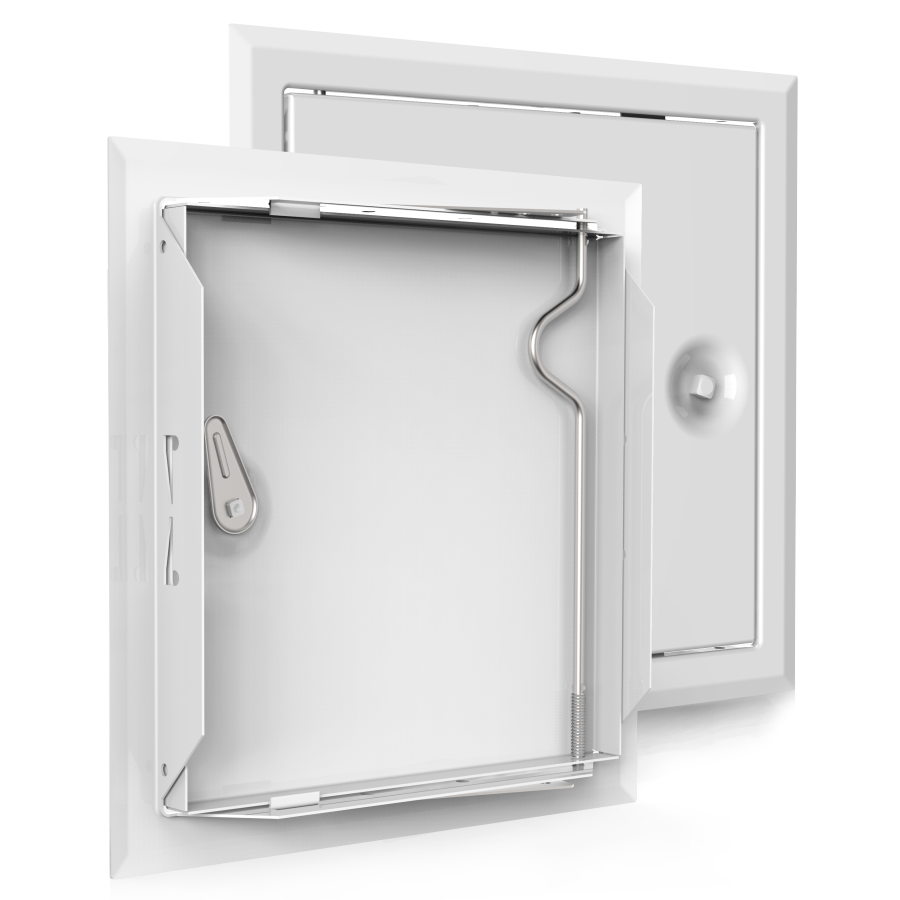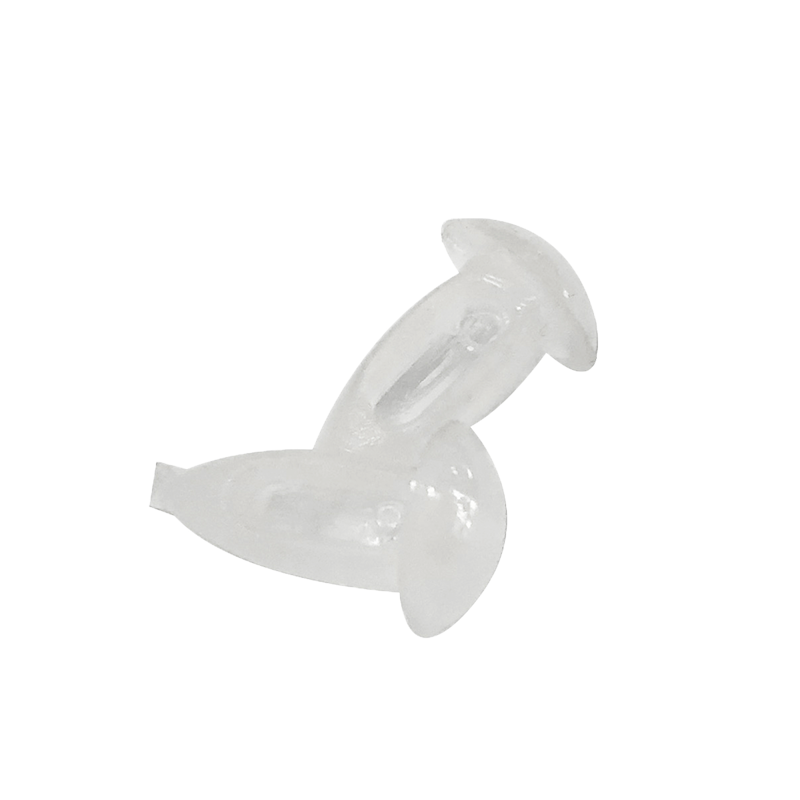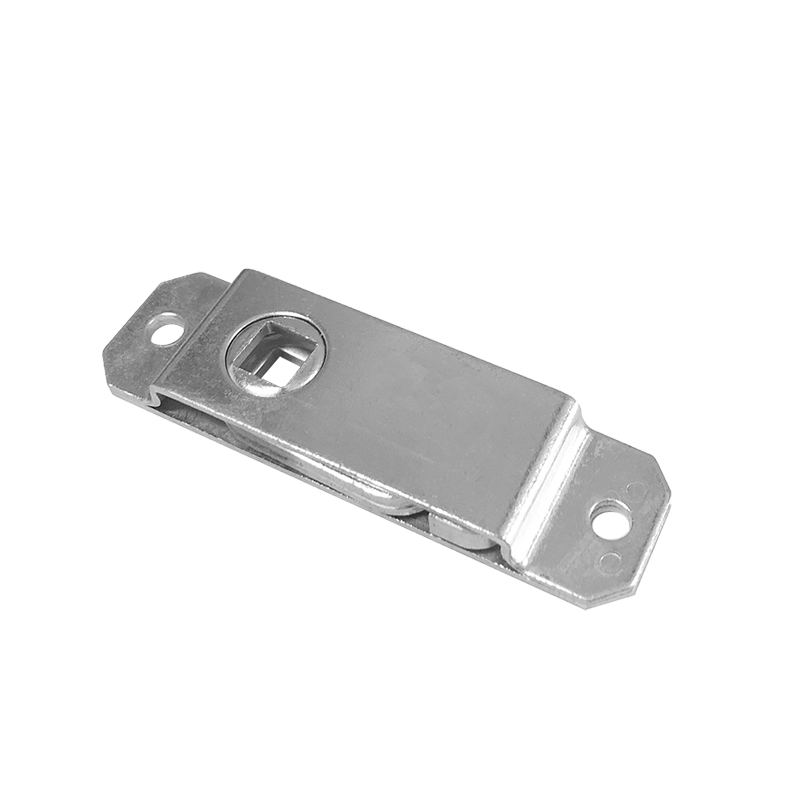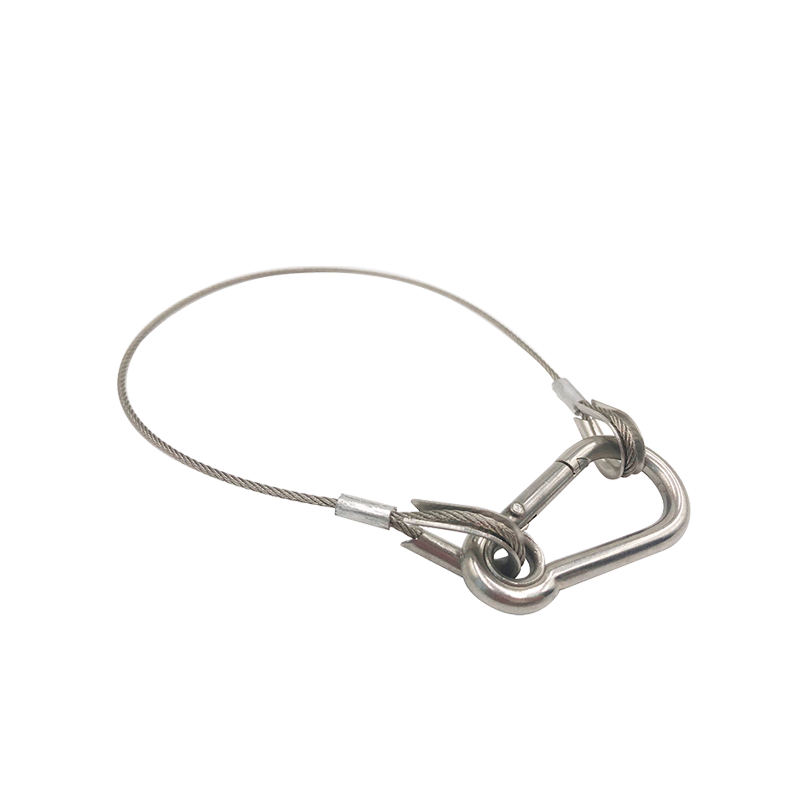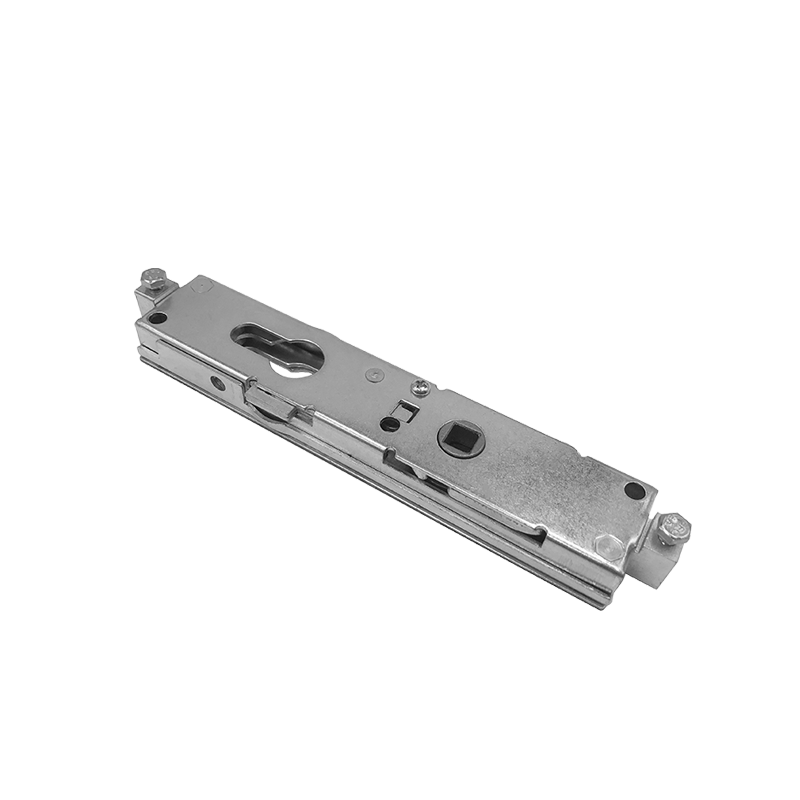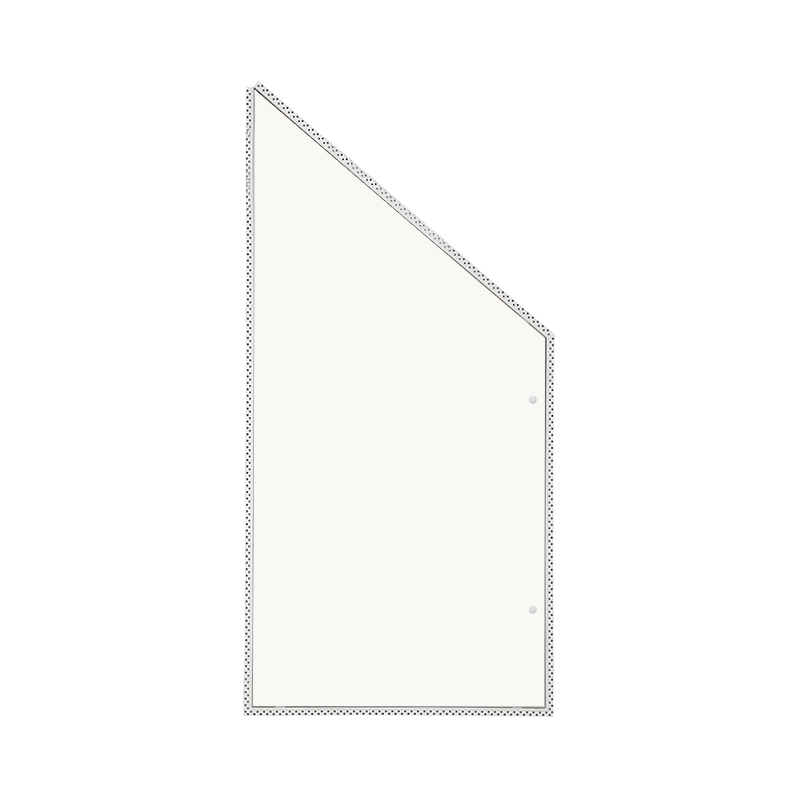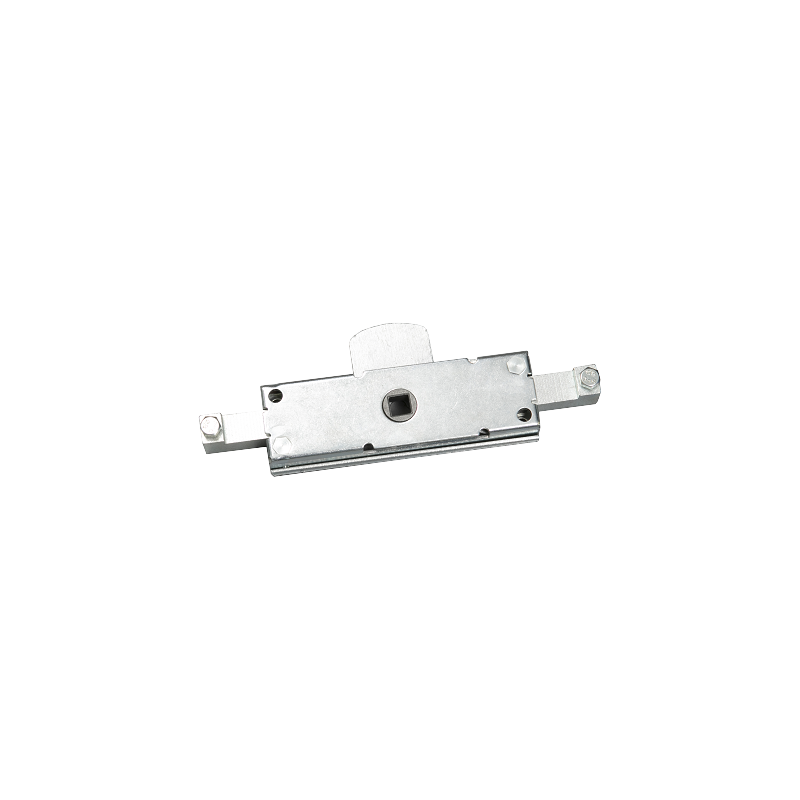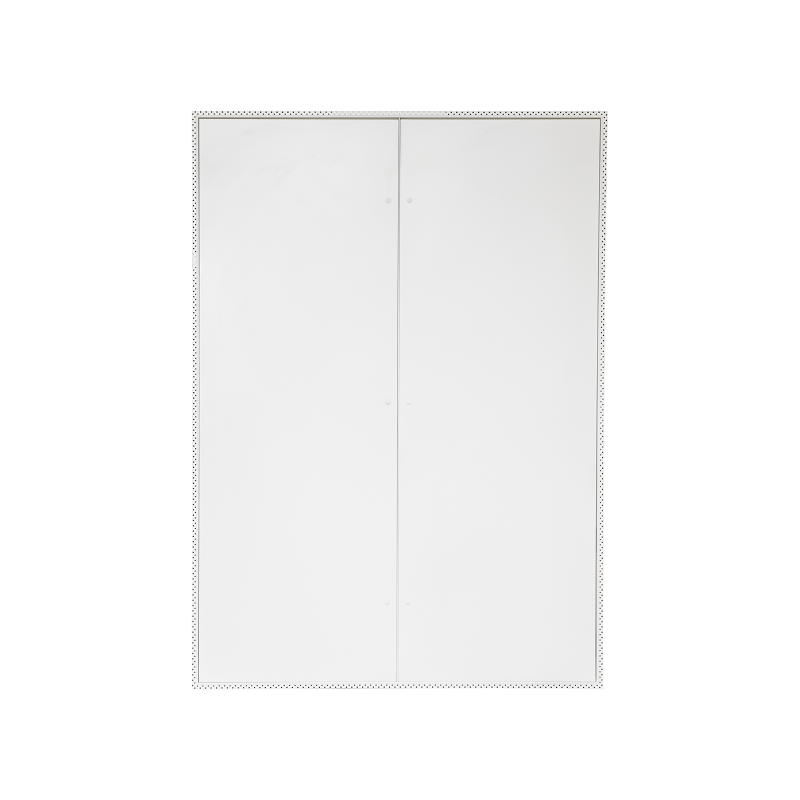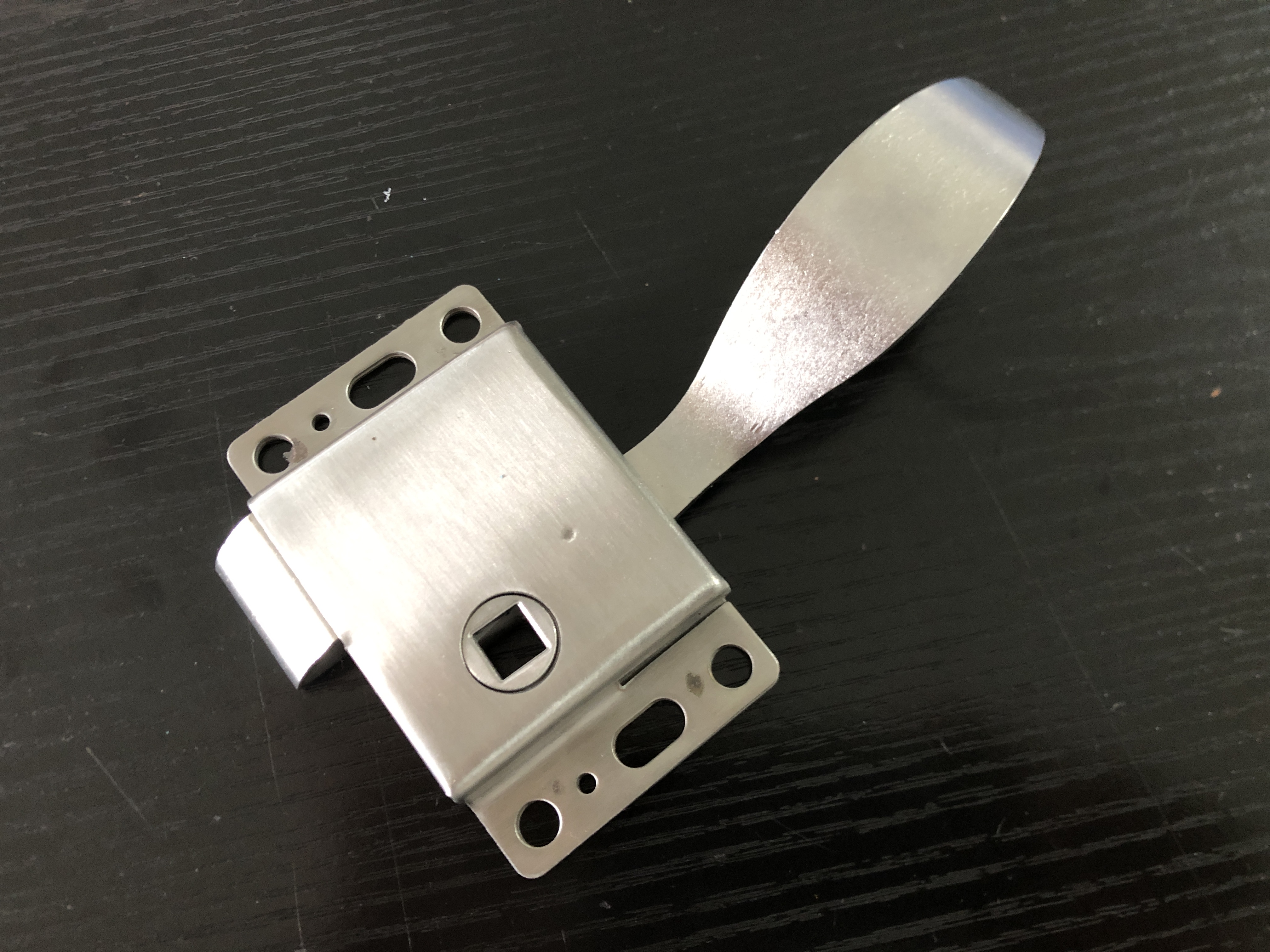An access panel is simply a piece of wood, panel or other sturdy plywood that is able to easily be removed to give access to an outlet, drain or other (usually) water-carrying part that you require access to on occasion in order to do a simple repair. These are a common feature of domestic bathrooms where many members of the household are often working at different times and require access to the lavatory on some occasions. It is also a common feature of large commercial buildings where there are many water points, including food service points and washing machines. In the case of public lavatories, access panels can be found in public toilets as well. The advantage of such access panels is that they provide easy and convenient access for many people, whereas if you were to require access to such a feature in a private lavatory, it would be far more difficult to achieve.
Access panels have become a standard feature in many commercial buildings. They are available in a wide range of sizes and styles. It is not uncommon to see access panels that have a transparent cover, allowing illumination to pass through them into the room beyond. This is especially common in restaurants and cafes where it is common for kitchen staff to spend long periods of time entering and exiting the kitchen. One of the most common applications of access panels is in offices. Some offices even have internal access panels installed so that office employees have easy access to the mail trays, filing cabinets and other features of the office, without having to move from one room to another.
An access panel consists of two pieces - the access panel itself and a thin layer of plywood or a similar but less durable material, known as a substrate. The substrate is attached to the top of the access panel with a thin layer of glue. The substrate then fits neatly over the top of the access panel, with the access panel and all of its fittings acting as a seal to prevent leakage. The two pieces of plywood or other material typically act as a pivot point for the access panel - they can either swing open or closed, and hinges or dials can be fitted to allow easy access.
Before you start installing an access panel, there are some considerations you should make. Firstly, make sure that the space where you intend to fit the panel is suitable. You do not want to cut into a section of your plumbing pipes or create a hazard in the area by doing so. If you are putting a door between the access panel and the electrical panel, you also need to take this into consideration. Doorways may be available from your hardware store, and you should be able to find enough screws and hinges to handle the job. In any case, the door should be framed with adequate wood so that it can support the weight of the panel and any other doors in the area.
If you are putting in small plumbing access panels, such as those for faucets, it is likely that you will not need any additional hardware to support the door. You will just need a small level of wooden slats to provide a simple framework for the door to slide on. These slats should be long enough to be able to handle the weight of the door and the hinges or dials on the access panel. It is important to have these slats slightly longer than your depth in the wall so that the doors do not get caught on the slats when they are being pulled out or set back into position.
When installing access panels for doors, it is often a good idea to use a level. Even if you do not use a level, setting the door on a straight or angled surface is always a better option. Door surfaces should slope slightly away from the edge of the doorway - a small amount is fine - but never enough to cause damage to the surface beneath. This will mean that your doors will be more secure against intrusion, and that they will be better able to resist the impact of knocks and blows. Finally, remember to double check that all of the hardware that you are installing goes with the access panels that you are planning to use.


 English
English 简体中文
简体中文
